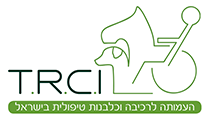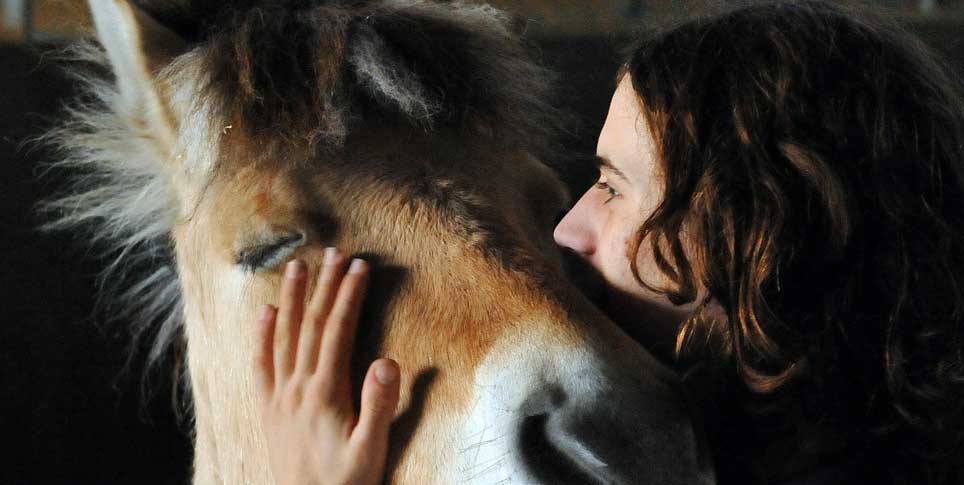An interview with Maureen Tal Ferrier, veteran riding therapist at Tel Mond
When we interviewed Maureen, we tried to understand the important topics as she saw them, and
as she sees them today:
Connecting with the patient – “I try to identify with each of the patients, to understand and
sense them so that I will be able to understand their needs. From my point of view, the
relationship with the patient, gaining their trust, is the most important thing in treatment. A good
therapist can treat a person without ever giving them a feeling that it’s treatment. That is how we
can achieve significant change in patients of various ages, including people with head injuries,
developmental disorders –PDD or congenital diseases. The treatment we offer with horses, is
holistic therapy that relates to body and mind simultaneously, regardless of the stated purpose of
the treatment.”
To me the patients are not disabled – “I don’t see the patients as having disabilities, but as
healthy people dealing with a problem. I won’t let them feel inferior to others. The horse doesn’t
relate to them as having disabilities either. When I talk to a patient, I think a lot about what I am
saying, because from my point of view, I am talking on behalf of the horse.”
The therapist acts as a mediator between the patient and the horse – “It’s very important that
the therapist be highly experienced in both the stable and the world of horses. That is because
amongst the therapist’s most important roles, is generating a perfect match between the horse
and the patient’s needs, as without complete affiliation, the goals of the treatment will not be
achieved. In addition, a therapist must be attentive at all times, to the feelings of both the horse
and the patient.”
The patient’s pace of life – “It is very important to watch and get acquainted with the patient.
People with brain damage or the disabled, are people with a much slower pace than ours. Every
motion or decision involves a much longer process for decision making and implementation.
Therefore the horse is the perfect therapist. It adapts to the pace of the patient, and this doesn’t
happen anywhere else in our intensive, turbulent lives. The horse can sense the unique pace of a
person from the moment that they sit on his back, and can adjust to the most suitable pace.”
Therapy that combines therapeutic riding with art and guided imagery – “I personally
believe in integrating arts in the therapeutic process.” Looking at the photo in the article in the
Dutch newspaper, you can see Maureen holding a page and crayons; this is multisensory
treatment that combines hearing, touch, sight and smell. Working with children, they can sit
backwards (with their backs facing the horse’s head) and do creative work or drawing while
sitting on the horse. In addition, Maureen also uses music and percussion instruments for therapy
that relates to processing emotions and externalizing them on a page. “I often use tools taken
from guided imagery when treating children.”
The most important questions for Maureen – “What changes do you see in therapeutic riding
from then to now?”
“ I have a feeling that in Israel we are blessed that therapeutic riding and dog training have been
included in the health basket. The HMOs grant very effective alternative therapies. As far as I
know, abroad these are still considered elitist therapies. Here it has become inexpensive and
popular, and I am happy that almost anyone on the street can have subsidized treatment.


